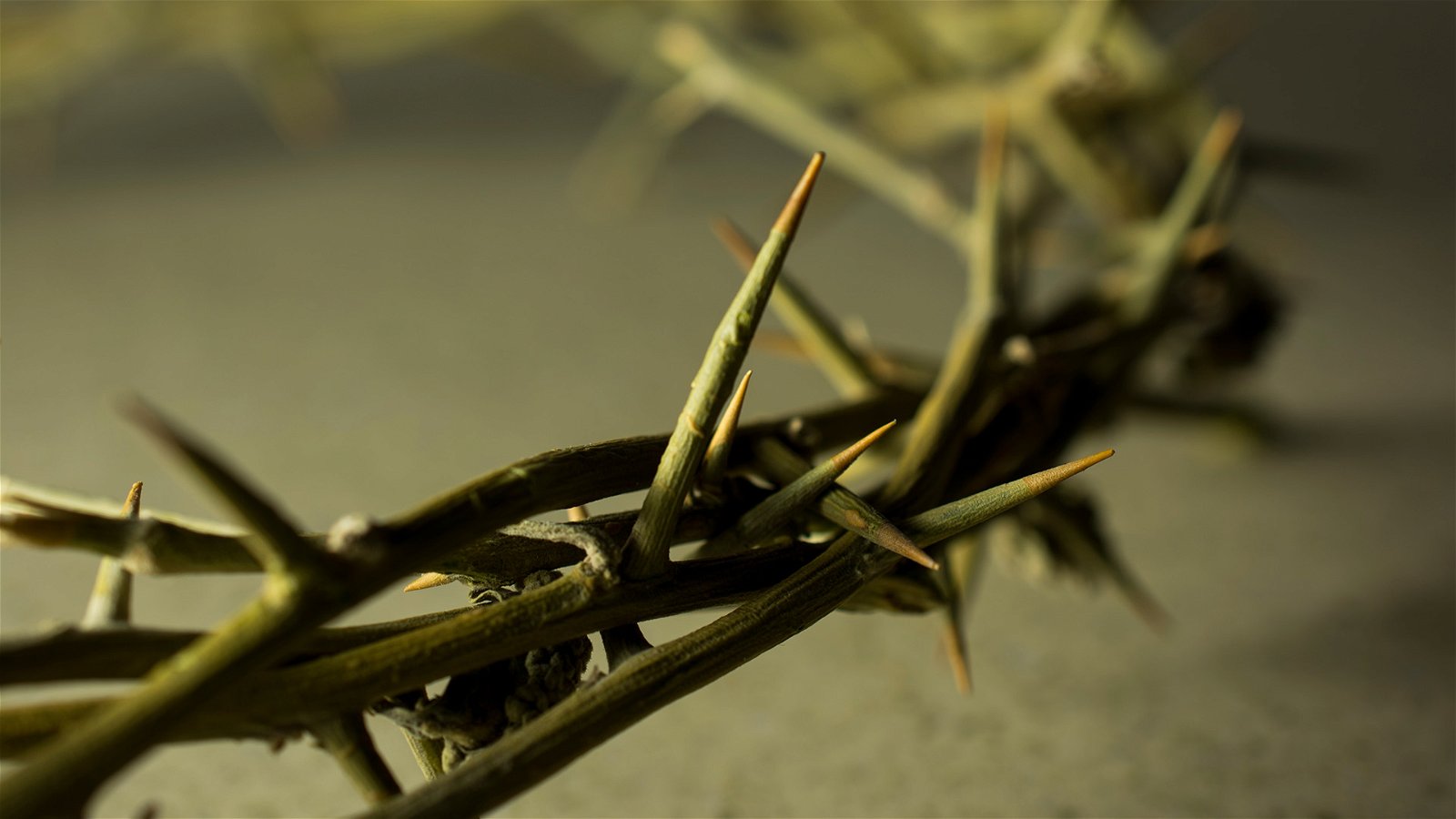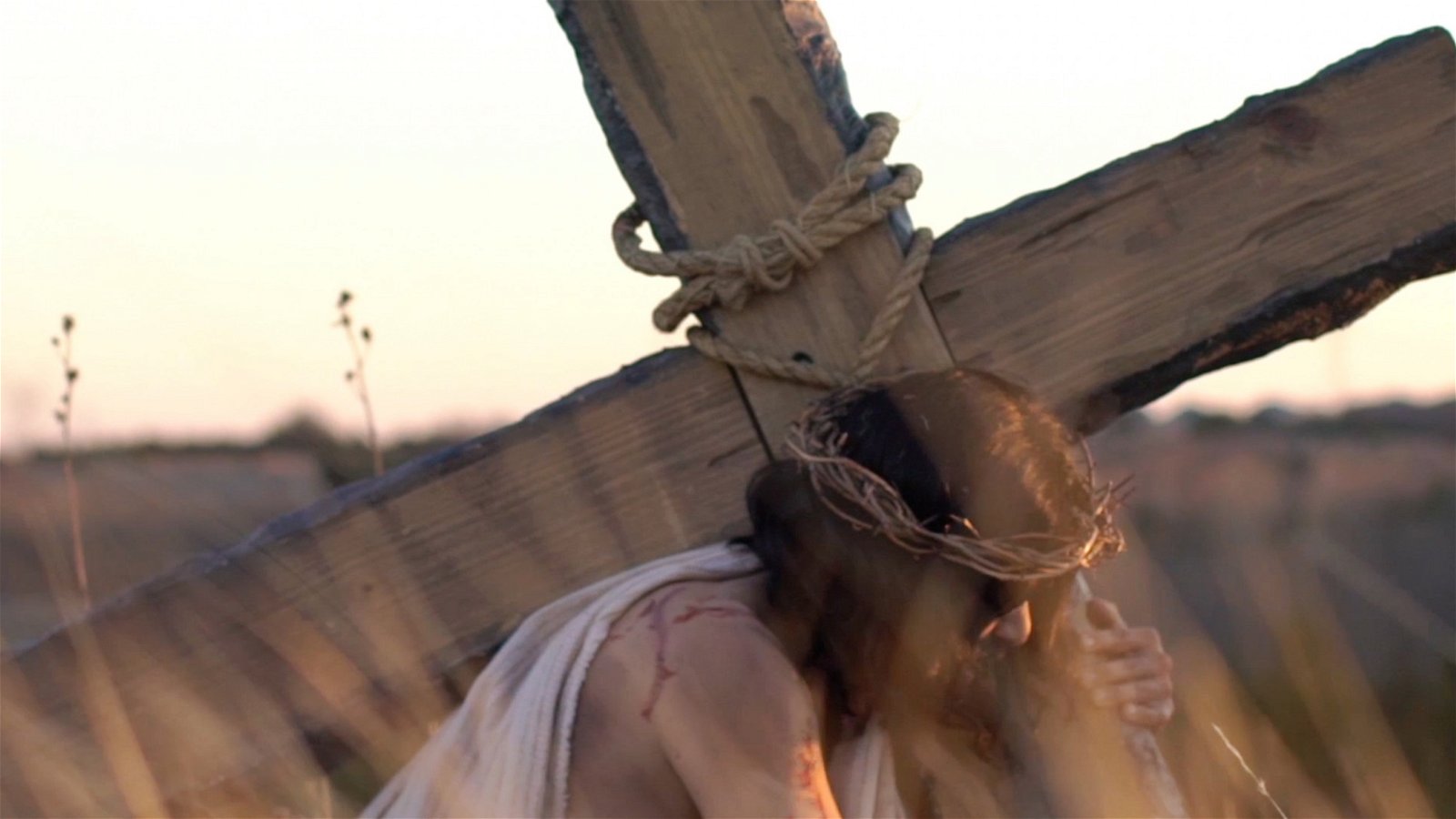

Instruments of Suffering

Following His betrayal in the Garden of Gethsemane, Jesus was arrested, bound, and led down the Mount of Olives, across the Kidron Valley, and into Jerusalem. There He was taken immediately to the home of Annas, the father-in-law of Caiaphas, the current high priest, for the first of six trials. Three trials would take place before the Jewish leaders and three before the Roman authorities. The trials were riddled with irregularities and illegalities and the guilty verdict was a foregone conclusion.
Because the Jewish leaders did not have the power to condemn anyone to death by crucifixion, they delivered Jesus to Pilate, the Roman procurator of all of Judea, who was in Jerusalem to keep peace during the Passover festival. By this time Jesus had already been spat upon, beaten with fists, slapped, and mocked. The Jewish leaders wouldn’t enter a Roman building, so Pilate met them in the courtyard where an angry crowd had assembled.
Before Pilate, the charge against Jesus had been changed from blasphemy to treason, but after questioning Jesus Pilate pronounced Him innocent and declared that “nothing deserving death had been done by Him.” Hoping to placate the crowd, Pilate decided to scourge Jesus, thinking that this severe beating would satisfy the Jewish leaders in their hatred of him.
And the soldiers wove a crown of thorns and put it on His head, and arrayed Him in a purple robe; and they began to come up to Him, and say, ‘Hail, King of the Jews!’ and to give Him blows in the face. And Pilate came out again, and said to them, ‘Behold, I am bringing Him out to you, that you may know I find no guilt in Him.’ Jesus therefore came out, wearing the crown of thorns and the purple robe. And Pilate said to them, ‘Behold, the Man!’John 19:1-5
It is so easy to gloss over this statement without understanding its significance. Scourging involved the use of a flagrum, a whip with long leather straps to which metal weights or pieces of bone had been affixed. A lictor, a trained expert in the art of torture, could inflict so much damage to the body that it resulted in rib fractures, bleeding into the chest cavity, and collapsed lungs. The Romans knew how to beat a man within an inch of his life, and victims went into shock within minutes, and many died from their wounds. Jesus would have been chained to either side of a low wooden pillar, stripped, and then lashed on every part of his body. Once the beating concluded, soldiers fashioned a crown of thorns (two to three- inches long and razor sharp) and pressed it down on His head. He was spat upon, then subjected to a mock display of reverence as soldiers bowed before him taunting “Hail, King of the Jews.”
Pilate then made Jesus stand on a platform where he could be seen, and shouted “Behold, the Man.” Instead of satisfying the blood-thirsty crowd, they began to shout, “Crucify Him.” In a frantic effort to free Jesus, Pilate had offered to release either Jesus or Barabbas, a known criminal who was scheduled for crucifixion. The crowd demanded the release of Barabbas, When Pilate asked, “Then what shall I do with Jesus,” they shouted even louder: “Crucify Him.” After symbolically washing the guilt from his hands, Pilate delivered Jesus to them to be crucified. Jesus, though innocent, took our place – just as He took the place of Barabbas on that center cross. I wonder if Barabbas, after his release, ever looked at the three crosses on the nearby hill and marveled, “The man on the center cross died for me.” That is true for each of us as well.
But the chief priests stirred up the multitude to ask him to release Barabbas for them instead. And answering again, Pilate was saying to them, ‘Then what shall I do to Him whom you call the King of the Jews?’ And they shouted back, ‘Crucify Him!’ And wishing to satisfy the multitude, Pilate released Barabbas for them, and after having Jesus scourged, he delivered Him over to be crucified.Mark 15:11-15


